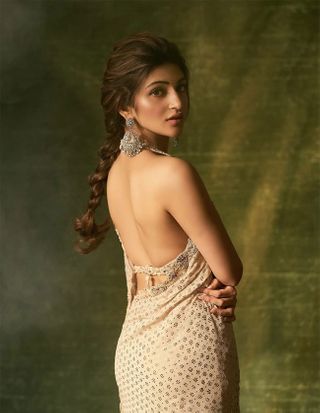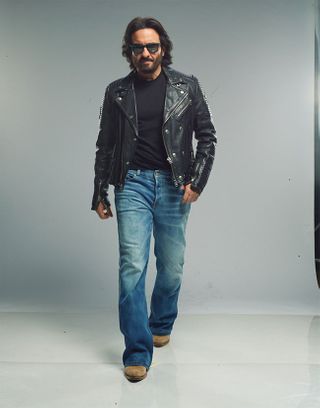
The Woman in Black: Angel of Death Movie Review
cliche
[klee-shey, kli-]
adjective
1. trite; hackneyed; stereotyped.
2. horror movies.
The biggest problem with horror movies is that they are the literal definition of cliche, that their directors are afraid to think out of the box. In fact, most directors rummage through an actual box of horror tricks and pick the ones that they like the most. Horror movies are mostly either supernatural or slasher films, with nary a difference between all the films belonging to each of the two.
The latter part of last year saw a surprising and refreshing departure from the well-trodden path in The Babadook, a film that scared you senseless not through some cheap tricks, but by building up the tension, and by making you uneasy and fearful of reading a children's book ever again. This week, we return to basics in The Woman In Black 2: Angel of Death.
The woman in black from The Woman In Black returns to the screen in The Woman In Black 2, and this time, she's not only hellbent on tricking children to commit suicide, but she also holds a grudge against the teacher of those school children living in her ex-house. The teacher and the children had arrived at the (haunted) house to seek refuge from the bombings during World War II, but they soon realize that they're trapped between a rock and a hard place.
The good thing about the film is that the motivations of the ghost here are a little more humane and acceptable than your regular unfriendly neighborhood ghost. Also, every now and then, the film shows that it has one or two tricks of its own, and succeeds in jolting you in your seat. In addition, the film has a distinctly gorgeous look, thanks to great cinematography by George Steele.
The sad part is, apart from the intermittent display of originality, the film still largely remains a big ball of cliches. Everything that can move does move, including but not limited to inanimate things such as rocking chairs, toys, doors, footboards, and living things such as crows, playful kids and blind creepy homeless man. Every single character has his/her own sob story from the past, ranging from teenage pregnancies to mute children and the deaths of a pilot's crew.
Some characters exist solely to provide a cheap scare in one scene, only to disappear completely thereafter, such as the aforementioned blind creepy homeless guy. There are plot holes bigger in size than potholes on village roads. The climax is absolutely illogical and unsatisfying to say the least, one that completely abandons the humane motivations I previously praised. The film is definitely an inferior effort compared to part 1, which was a very decent way to spend a couple of hours on your weekend, and which boasted of a satisfying climax and nice twist ending.
The performances in the film aren't really worth talking about either. Phoebe Fox, as the teacher Eve Parkins, is sufficiently decent. Jeremy Ervine's character Pilot Harry Burnstow is written in such a way so as to serve as the perfect sacrificial goat, and Ervine's performance is in line with that. The rest of the actors are just background noise.
When watching a horror movie in a theater, there's always a contest going on between those who are there to genuinely enjoy a good horror film and those who like to pretend that nothing scares them by making fun of the film in their loudest voice. During mediocre films such as this one, it's the pretentious douchebags that are winning. You'll be better served staying at home and catching The Babadook instead.









